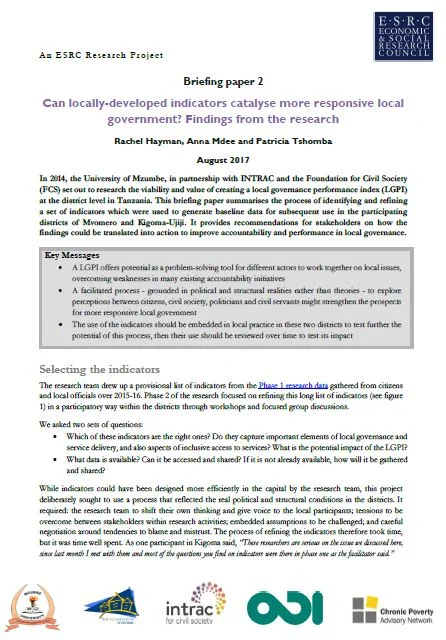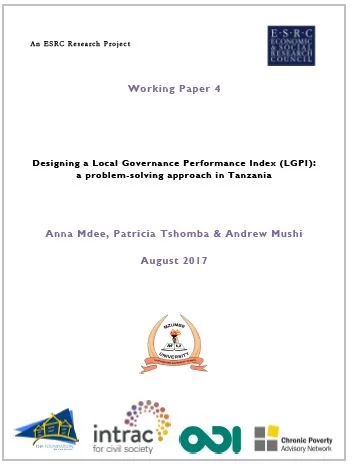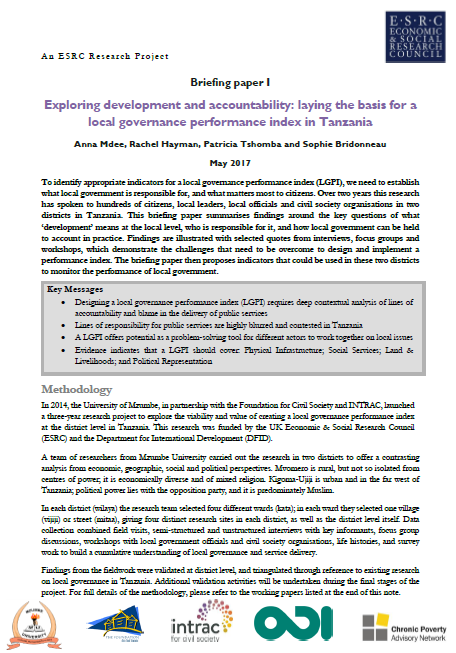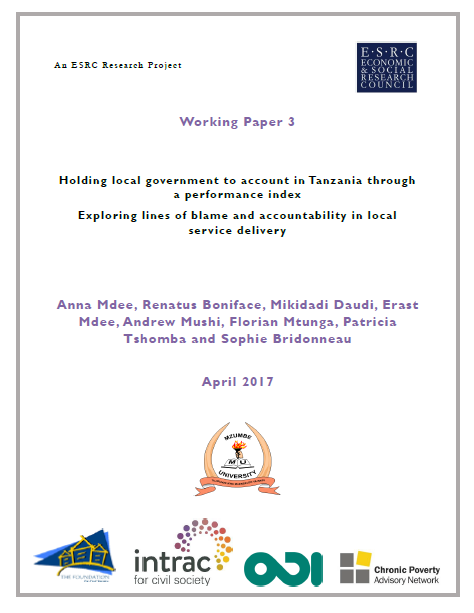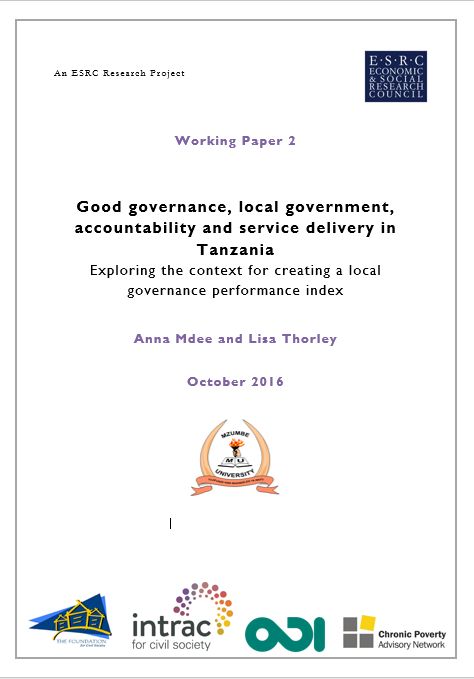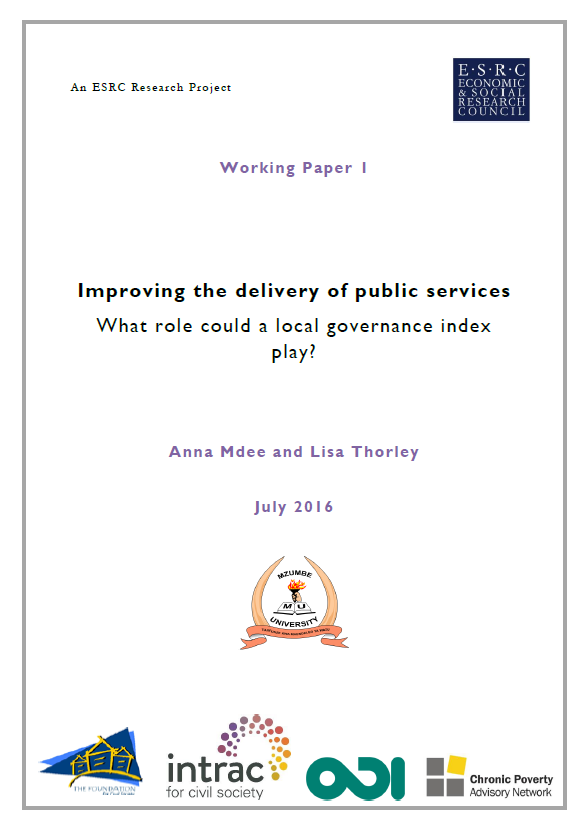One of the most powerful ideas in development in recent years has been good governance. At its most basic, good governance describes all the things governments do in order to allow development to happen. In this sense, good governance is about having national institutions that can make fair and appropriate decisions about how a country is governed, and effective systems in place to deliver public services.
Powerful international institutions (such as the World Bank) and donor agencies found the idea of good governance highly attractive, and tied much aid spending to good governance conditionalities. However, others have pointed out that ‘good’ governance is a relative term and the ideas contained within the checklists and prescriptions are aspirational and often unrealistic when government institutions are weak and poorly resourced. The relationship between good governance and development (defined as either economic growth or poverty reduction) is also not clear. These problems in the theory and practice of good governance checklists have led others to think about what is ‘good enough’ or ‘best fit’ governance to fit local contexts.
It is against this background that this review of available evidence considers how the performance of local governance can be improved in relation to the better delivery of services, through the use of a local governance performance index. Rather than looking at information or feedback leading to improved performance, we are interested in testing the idea that a better understanding between citizens and officials of what local government can feasibly deliver will stimulate adaptive and incremental improvements in how services are delivered at the local level.
Authors: Anna Mdee and Lisa Thorley
Click here to download the paper (through Orangedox).
Related
This paper has been produced in the framework of the project Holding local government to account. Can a performance index provide meaningful accountability?


